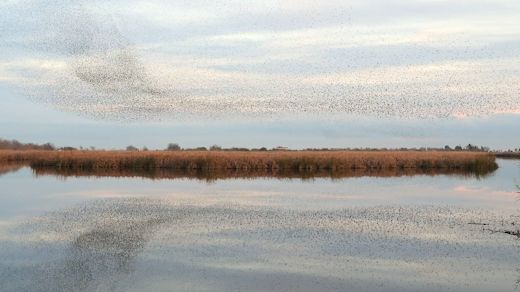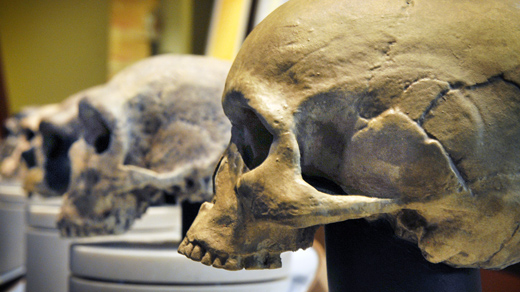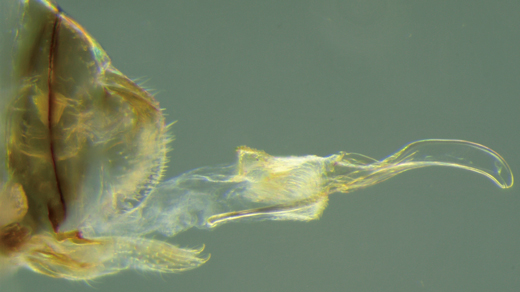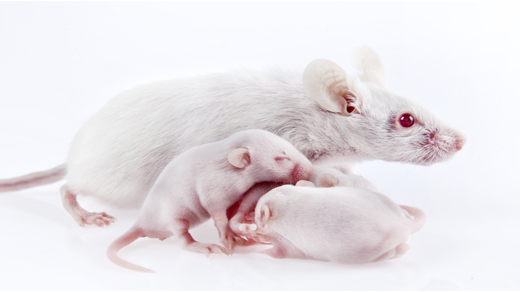What's up in
Abstractions blog
Latest Articles
Galaxy Simulations Offer a New Solution to the Fermi Paradox
Astronomers claim in a new paper that star motions should make it easy for civilizations to spread across the galaxy, but still we might find ourselves alone.
The Physics Still Hiding in the Higgs Boson
No new particles have been found at the Large Hadron Collider since the Higgs boson in 2012, but physicists say there’s much we can still learn from the Higgs itself.
Smarter Parts Make Collective Systems Too Stubborn
As researchers delve deeper into the behavior of decentralized collective systems, they’re beginning to question some of their initial assumptions.
How Our Universe Could Emerge as a Hologram
Physicists have devised a holographic model of “de Sitter space,” the term for a universe like ours, that could give us new clues about the origin of space and time.
Smaller Is Better: Why Finite Number Systems Pack More Punch
Recent progress on the “sum product” problem recalls a celebrated mathematical result that revealed the power of miniature number systems.
Artificial Intelligence Finds Ancient ‘Ghosts’ in Modern DNA
With the help of deep learning techniques, paleoanthropologists find evidence of long-lost branches on the human family tree.
Why Evolution Reversed These Insects’ Sex Organs
Among these cave insects, the females evolved to have penises — twice. The reasons challenge common assumptions about sex.
Gene Drives Work in Mice (if They’re Female)
Biologists have demonstrated for the first time that a controversial genetic engineering technology works, with caveats, in mammals.
How Nearby Stellar Explosions Could Have Killed Off Large Animals
Subatomic particles called muons are thought to have streamed through the atmosphere and irradiated megafauna like the monster shark megalodon.








